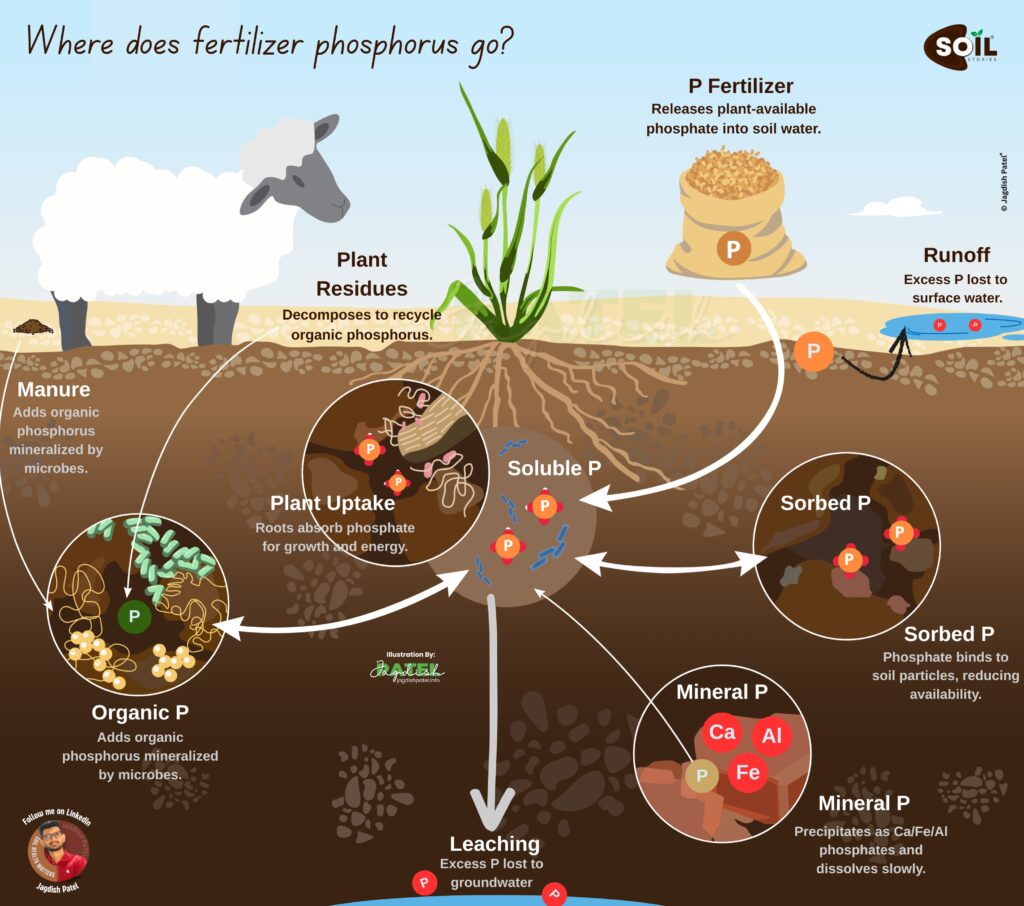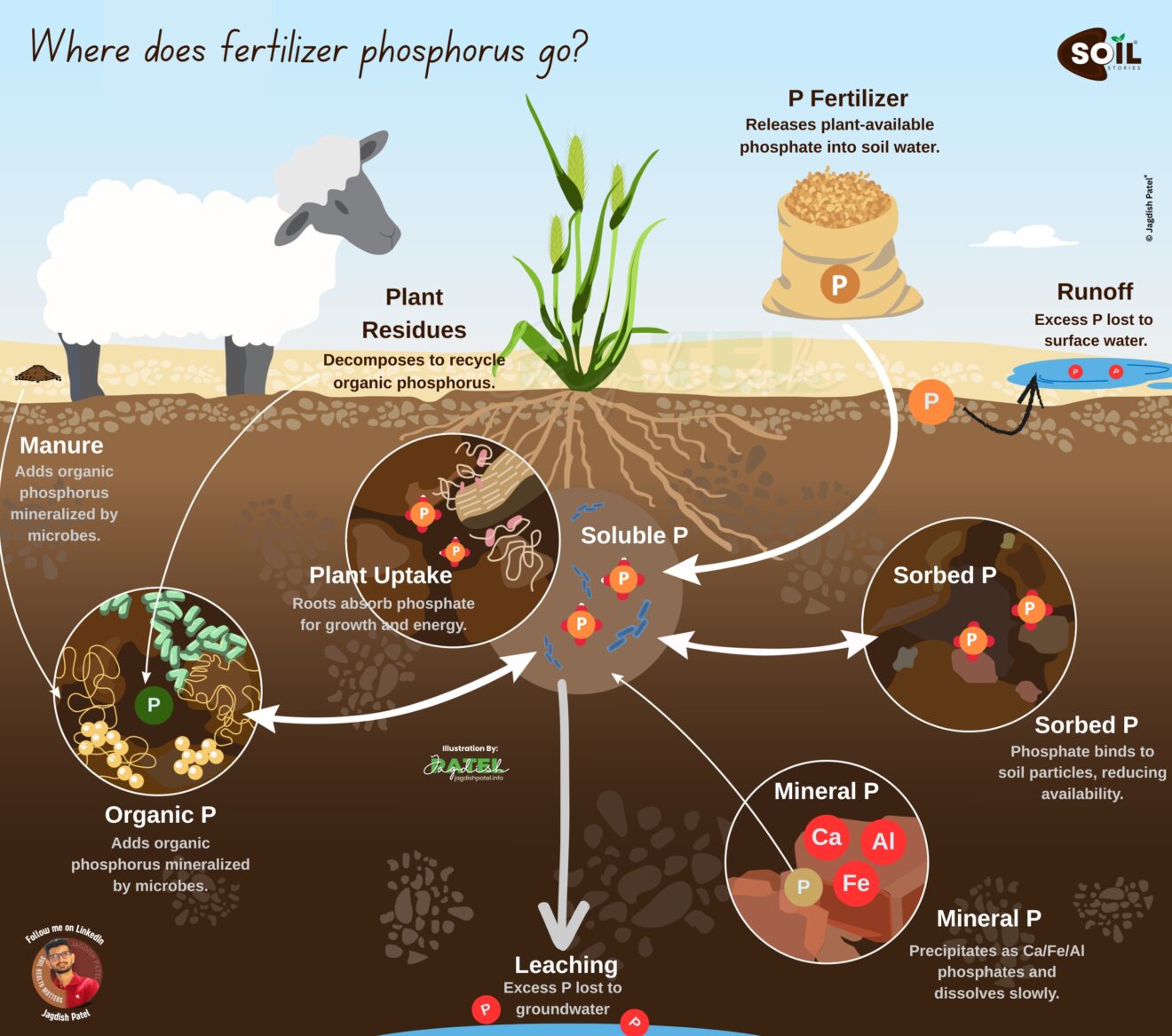Did you know 30 soccer fields are vanishing into thin air every minute just because of soil erosion? That’s not a magic trick; that’s the alarming rate at which we’re losing fertile topsoil to erosion. It’s a silent crisis that’s robbing us of our future, one handful of earth at a time.

As a former soil scientist turned illustrator, I’ve dedicated my life to understanding and appreciating the intricate beauty and vital importance of soil. I’ve witnessed firsthand the devastating consequences of erosion—barren fields where once bountiful crops thrived, polluted waterways choking with sediment, and dust storms clouding the skies.
But what exactly is soil erosion, and why should we care?
Simply put, it’s the process where wind, water, or even human activities like deforestation and unsustainable farming practices carry away the precious topsoil that nourishes our plants. This soil, teeming with life and rich in nutrients is the foundation of our ecosystems. Without it, we face a cascade of problems:
- Food insecurity: Eroded soil loses its fertility, making it harder to grow crops and threatening our food supply.
- Water pollution: Eroded soil clogs waterways, harming aquatic life and making water unsafe for drinking.
- Air pollution: Dust storms caused by erosion worsen air quality, impacting human health and contributing to climate change.
- Ecosystem collapse: When soil is lost, the delicate balance of ecosystems is disrupted, leading to biodiversity loss and habitat destruction.
We can prevent soil erosion with sustainable land management practices.
- Cover cropping: Planting crops like legumes or grasses between main crops helps protect the soil from erosion and adds nutrients back to the soil.
- Contour farming: The process of plowing and planting along the land’s contours reduces water runoff and prevents soil erosion.
- Agroforestry: Integrating trees or shrubs with crops creates a protective canopy that reduces wind and water erosion.
- No-till farming: Minimizing soil disturbance by planting directly into the residue of the previous crop helps preserve soil structure and reduce erosion.
These practices not only protect our soil but also enhance its health, making it more resilient to climate change and capable of supporting thriving ecosystems. It’s a win-win situation for both humans and the planet.
As a soil health illustrator, I use my illustrations to tell the story of soil, showcasing its hidden wonders and highlighting the urgent need for its conservation. Through my art, I hope to inspire others to appreciate the vital role that soil plays in our lives and to take action to protect this precious resource.
Remember, every small step counts. By supporting sustainable agriculture, conserving water, and planting trees, we can all contribute to a healthier planet. Let’s join hands and turn the tide on soil erosion. The future of our planet and our own well-being depends on it.
Acidification of the Soil: A Serious Issue and Possible Solutions
World Soil Day special: 7 amazing secrets your soil remembers that will transform farming
December 5th, 2025 marks another World Soil Day but this year, we’re uncovering the hidden…
Fertilizer Phosphorus Management Guide: Why Crops Don’t Get Phosphorus and How to Fix It
Fertilizer phosphorus management is one of agriculture’s biggest hidden challenges. Farmers spend billions annually on phosphorus…
The Hidden Network That Feeds 7.8 Billion People Every Day (And We’re Destroying It)
What if the most biodiverse ecosystem on Earth isn’t the Amazon rainforest or a coral…
Ultimate Guide to Healthy Soil: 7 Powerful Secrets That Transform Your Garden Forever
What does healthy soil mean for your garden’s success? If you’ve ever wondered why some…

Did you know 30 soccer fields are vanishing into thin air every minute just because of soil erosion?
That’s not a magic trick; that’s the alarming rate at which we’re losing fertile topsoil to erosion. It’s a silent crisis that’s robbing us of our future, one handful of earth at a time.








